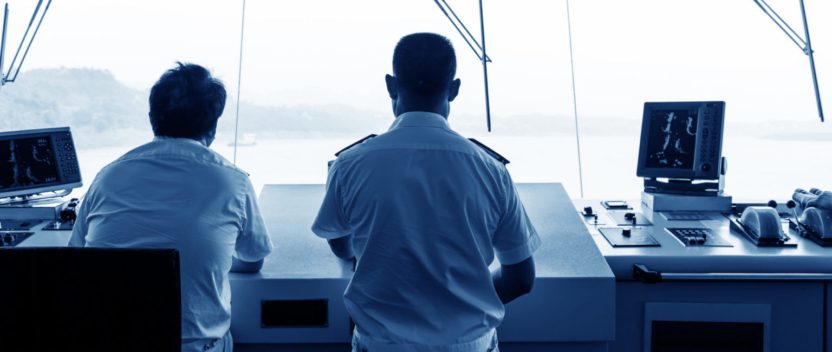Smoke signals and mixed messages from China
China is sending the shipping market a raft of mixed messages and the smoke doesn’t look like clearing any time soon.
To the downside, the slowing in the country’s economic growth and the government’s management of fiscal and economic policy, with the stated aim of moving the base from production to consumption has been far from smooth.
Intervention in physical and money markets, including an ill-conceived attempt to support the equities and the launch of a new five year economic plan received with scepticism, have made for confusing times.
China’s economic policies, planned and otherwise, have had a devastating effect on the price of iron ore, steam and coking coal as well as on steel output.
The production policies of Australia in particular – playing a parallel game to Saudi Arabia’s oil strategy by upping production in defence of market share – has not helped. November 24 saw iron ore hit a post-2008 low of $43.4 a tonne.
This has helped turn the downturn in freight markets into a rout. The week prior, the Baltic Dry Index hit a record low, while container freight rates are floundering, supported mostly by surcharges and ad hoc attempts to increase rates. A classic dilemma of too many ships not enough cargo?
Well, yes and no. This year’s Marintec takes place against a backdrop of once in a generation consolidation among China’s blue chip carriers.
China Merchants Group is tipped to buy Sinotrans/CSC in a merger that would see the former swallow Sinotrans/CSC whole. More seismic still is the mooted merger between container titans COSCO and China Shipping.
The merger between COSCO and China Shipping will create the world’s largest owned fleet, worth $10bn more than its nearest competitor, according to data from VesselsValue. Externally the deal appears to be done – as Commissioner William P Doyle of the US Federal Maritime Commission appeared to confirm the move while on a tour of China.
That consolidation cannot come too soon. According to IHS Fairplay, China’s top-eight container ports saw container handling fall one percent year on year in October while international trade data for the same month saw exports down 6.9% in dollar terms, falling for a fourth straight month, while imports declined 18.8%.
Back in the bulk trades, two sets of orders caught the eye; especially given the challenges to the bulk market noted above. Not so long ago, Brazilian iron ore producer Vale hatched a plot to build a series of Very Large Ore Carriers (VLOCs) or Valemaxes to slash the cost per tonne-mile of exports to China.
Beijing retaliated by banning these 400,000dwt monsters on ‘safety’ grounds, only to relent after it felt Vale had been taught a firm enough lesson. But the economics remain. Despite the downturn, China will still be consuming a lot of ore and producing a lot of steel, especially if it really plans to build a new Silk Road.
It was a surprise then to see China Merchants Energy Shipping announce plans to order 10 VLOCs, split between its own China Merchants Heavy Industry (Jiangsu) shipyard and an undisclosed domestic shipbuilder.
CMES purchased four Valemaxes earlier this year and agreed a COA with the miner that will see the ships carry 6m tonnes of iron ore to China each year for 20 years with an option for a five-year extension.
Equally as jaw-dropping was the order by China Ore Shipping, a joint venture between China COSCO and China Shipping Development for a further seven Valemaxes from China’s Shanghai Waigaoqiao Shipbuilding.
The septet are the first of 10 ships to be ordered by the joint venture for charter-back to Vale on 25-year Contracts of Affreightment.
Welcome then, to the new normal. The sky might be falling in for some, but the real trend to watch is the one where the cargo keeps moving but ultimate authority is ceded to parastatal companies with deep pockets and political backing.
As we noted in our recent piece on China’s One Belt, One Road policy, there are hopes in Beijing that this policy – a sort of fairly visible hand – will be enough to maintain economic stability at home and encourage growth in Asia and beyond.
Chinese owners have been queuing up to expand their operations to prepare for the OBOR strategy implementation. And while there is a recognition that the days of double digit GDP growth will be replaced by increasing overcapacity and lower earnings, there is clearly confidence that a strong national policy will keep China floating and growing.
The bottom of the market can be no better time to shave costs, add capacity and hatch long term plans that look to future upside – especially when the rest of the world is out of cash and looking to sell. You might say it’s a classic counter-cyclical shipping play.
Ends


